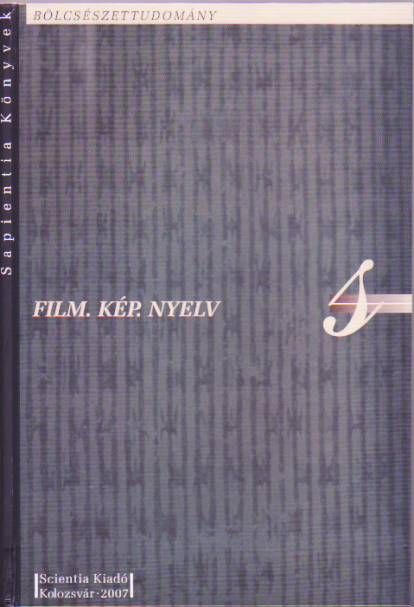LÁTNI VAGY NEM LÁTNI?
TO SEE OR NOT TO SEE?
On Carnivalesque Forms of Adaptations
Author(s): Hajnal Király
Subject(s): Fine Arts / Performing Arts, Film / Cinema / Cinematography
Published by: Scientia Kiadó
Keywords: adaptation;dialogue between film and literature;carnivalself-reflexivity;
Summary/Abstract: Adaptation, as a constant practice in film history, is becoming – due to an assumed tendency to neglect reading in favor of film watching – one of the main topics of theoretical debates. In this context, the theory of faithful adaptation seems to demonstrate a way to avoid replacing literature with its adaptation. This theory views literary text as authority, with which adaptation can only establish a relation of subordination, at most analogy, leading to an one-sided critical approach of adaptations. Thus, a terminology suitable to help a non-hierarchic approach is needed. First, it is necessary to consider film as text, in a textological meaning, a system of heterogeneous elements. Starting only from this affirmation one can speak about a dialogue between film and literature in the case of adaptations. The term of dialogue mediates between a linguistical, textological, narratological and a sociological, cultural, anthropological analysis of adaptations, this latter being helped by the metaphorical terms of the Bahtinian carnival: the masque (disemination, duplicity, play), laughter (subversion, irony, parody, self-reflexivity) and cannibalism (assimilation of the other to possess his/her power). This paper aims to reinforce a flexible approach of adaptations through a series of analyses using this terminology by looking at the adaptations of Hamlet, including Rosencrantz and Guildenstern are dead by Tom Stoppard; Tom Jones by Tony Richardson and De-ale carnavalului by Lucian Pintilie. Though in principle these analyses function without this terminology as well, in many cases the carnival metaphor is more than a static model: for exemple, in Lucian Pintilie's adaptation it appears as a way of being of the autonomous filmic creation, independent of the literary model.
Book: Film. Kép. Nyelv
- Page Range: 303-330
- Page Count: 28
- Publication Year: 2007
- Language: Hungarian
- Content File-PDF

